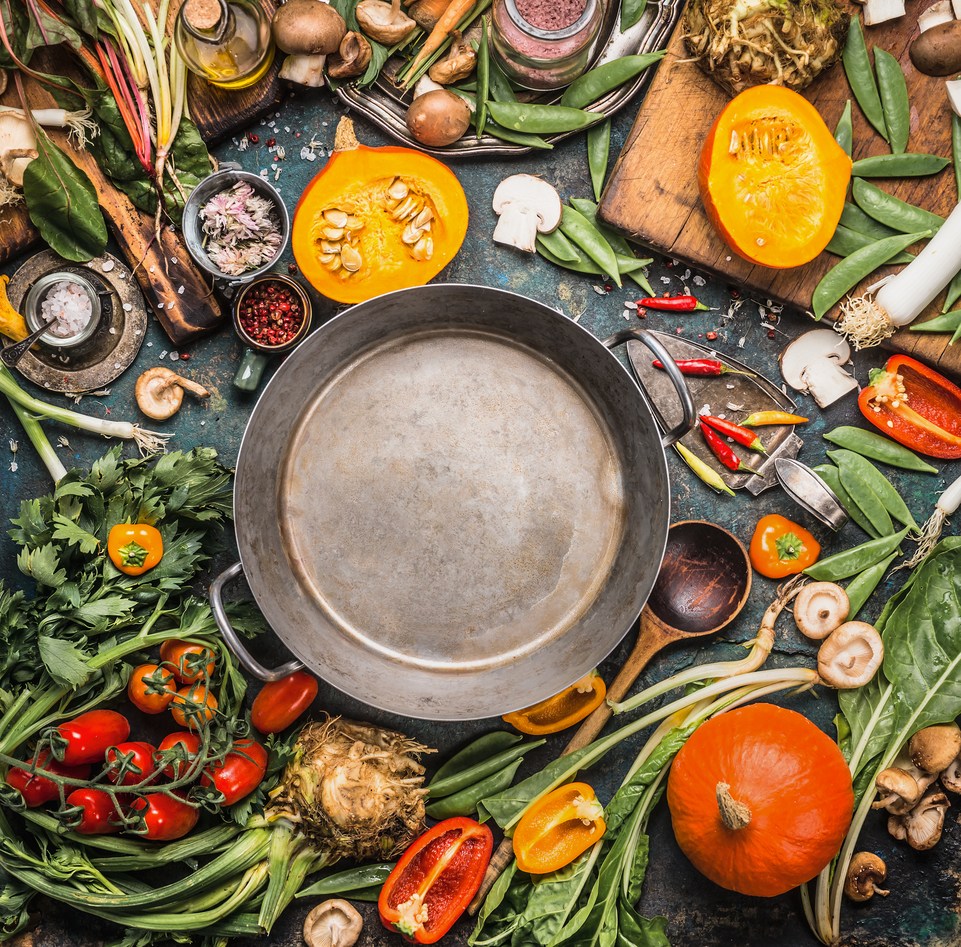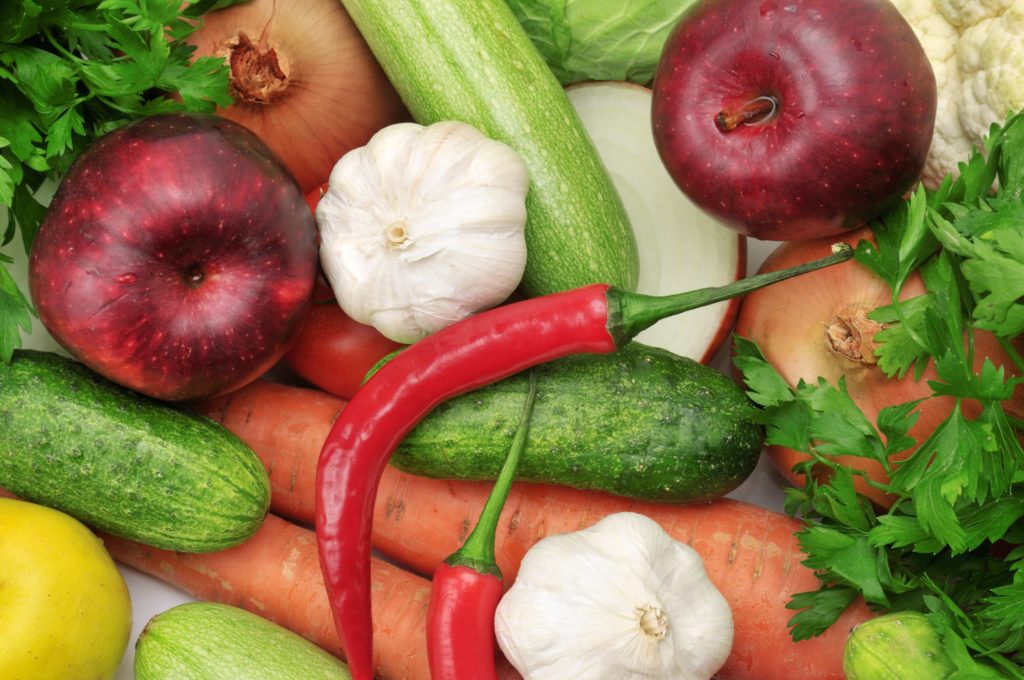Vitamin loss in fresh food and how to avoid it

Vitamins play an important role when it comes to a balanced diet. However, a lot of studies have shown that the majority of micronutrients in food are systematically destroyed by incorrect storage and preparation alone. However, vitamin loss does not have to be the case.
Vitamins react sensitively to heat, light, and oxygen
Those who exercise regularly have different goals: Some just want to keep fit, others want to increase their performance continuously and others want to keep their weight under control. Even if amateur athletes are not looking for new world records, most of them want to eat well. Well supplied with the right nutrients, the body is more efficient. This is especially true for vitamins. But they react very sensitive to heat, light, and oxygen.
Buy fresh and eat quickly
Vitamin C is particularly very sensitive. Take spinach, for example: when stored in the pantry at 20 degrees Celsius (68 F), it loses 80 percent of its vitamin C content within two days. Therefore, it is better to store it in the refrigerator: at eight degrees, the loss is only 33 percent. Another example is lettuce: bought fresh from the market on Friday, it is used only as a buffet decoration on Sunday. Its vitamin content is near zero. Cooling also helps here. But it is even better to consume fresh food as quickly as possible.

Be careful when cleaning to avoid vitamin loss
The dying of vitamins continues at the sink: fruit and vegetables are usually washed before consumption. But this reduces the water-soluble vitamins B and C and minerals such as potassium. Washing is of course necessary. But please wash the food quickly and under cold, flowing water.
Cutting and pureeing leads to vitamin loss too
Cutting, rubbing and puréeing also cause vitamin loss. The reason: the surface area increases, so more oxygen comes at the food. Enzymatic degradation is accelerated. When you chop white cabbage, iceberg lettuce or green cabbage the food loses more than 50 percent of its vitamin C content within two hours at room temperature. But you can reduce this: If the cabbage is mixed with vinegar or lemon juice, the loss is only 25 percent.

Be careful when cooking
Even cooking is not good for the micronutrients. In order to reduce vitamin loss, the cooking time should be as short as possible. The best way to do this is to add potatoes, cabbage or carrots to the water when it is already boiling. This means that the temperature range between 40 and 70 degrees is quickly overcome, as certain vitamin-degrading enzymes are particularly active in this interval. Vitamin destruction is particularly high.
Blanching can save most of the vitamins
Even in the freezer, the enzymatic vitamin degradation continues. Slower than at room temperature, but steady. Nutrition researchers have shown that frozen spinach loses 80 percent of its vitamin C content within three months at minus 18 degrees Celsius. Tipp: Blanching: If the vegetables are briefly placed in boiling water before freezing, they still contain 80 percent vitamin C after three months.
The vitamins are in the shell
Most nutrients are in the shell. Peeling should therefore, be avoided as often as possible. If you cut fruit or vegetables into small pieces, you should eat them quickly because they are exposed to light and oxygen. Tip: A few drops of oil or lemon juice can limit the damage here. In general, it is good to eat fruit and a lot of vegetables raw. This ensures a particularly high dose of vitamins. But be careful with legumes and potatoes. They contain raw ingredients that are difficult to digest or harmful to health.
This article has been thoroughly researched, but cannot replace professional nutritional advice.